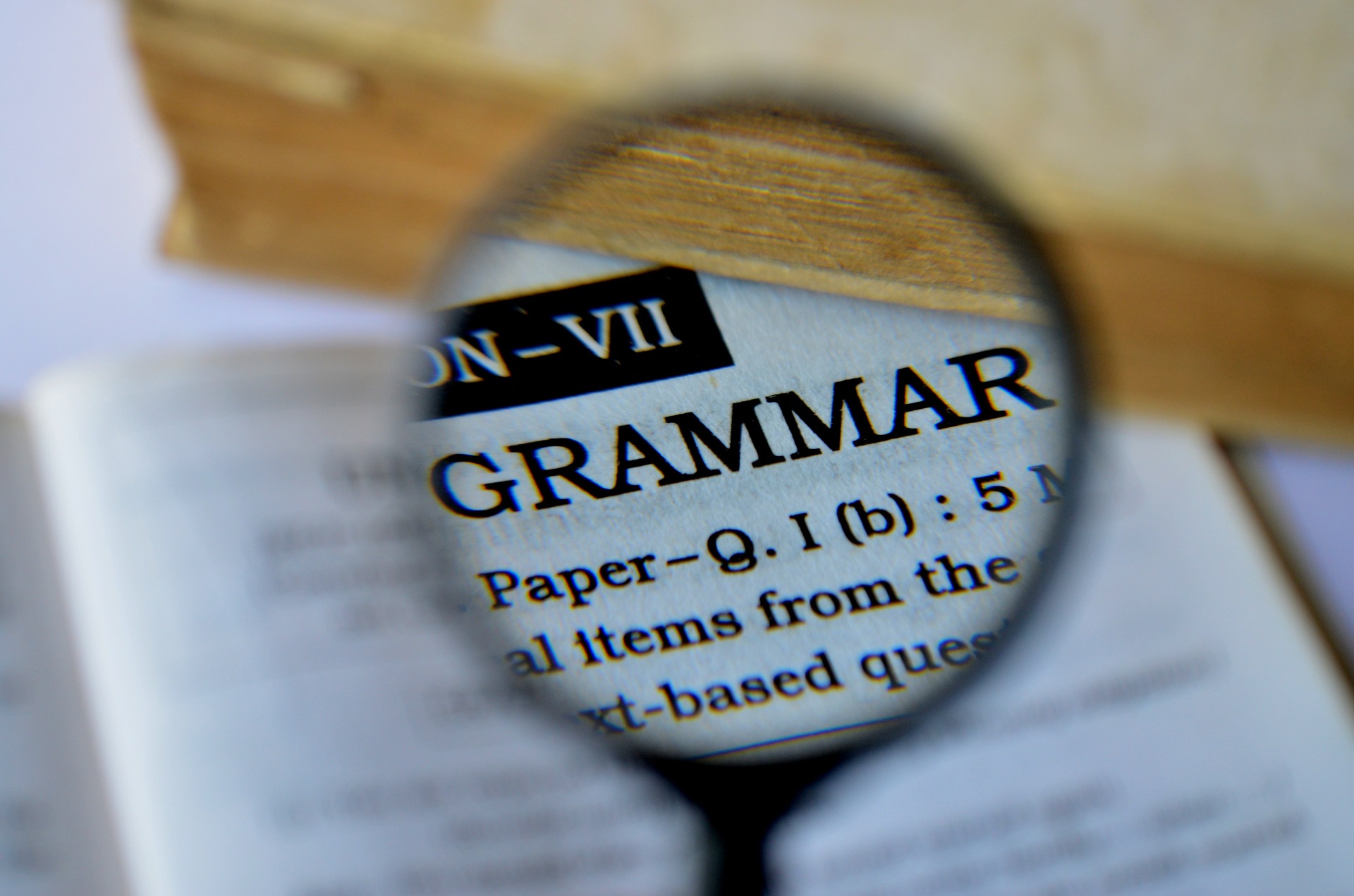
Grammar and Grace
Prepositions?
We’re continuing with the parts of speech with a discussion about prepositions. These words never change their form. They…
September 28, 2017
We’re continuing with the parts of speech with a discussion about prepositions. These words never change their form. They…
September 28, 2017
This month at Grammar and Grace we’re studying adjectives. Adjectives are words that tell something about a noun or…
July 18, 2017
This time we’ll discuss nouns. Nouns can be common or proper. A common noun is a person, place, or…
May 18, 2017
For 2017, let’s understand the basics of English grammar by learning the eight parts of speech. They are the…
February 17, 2017